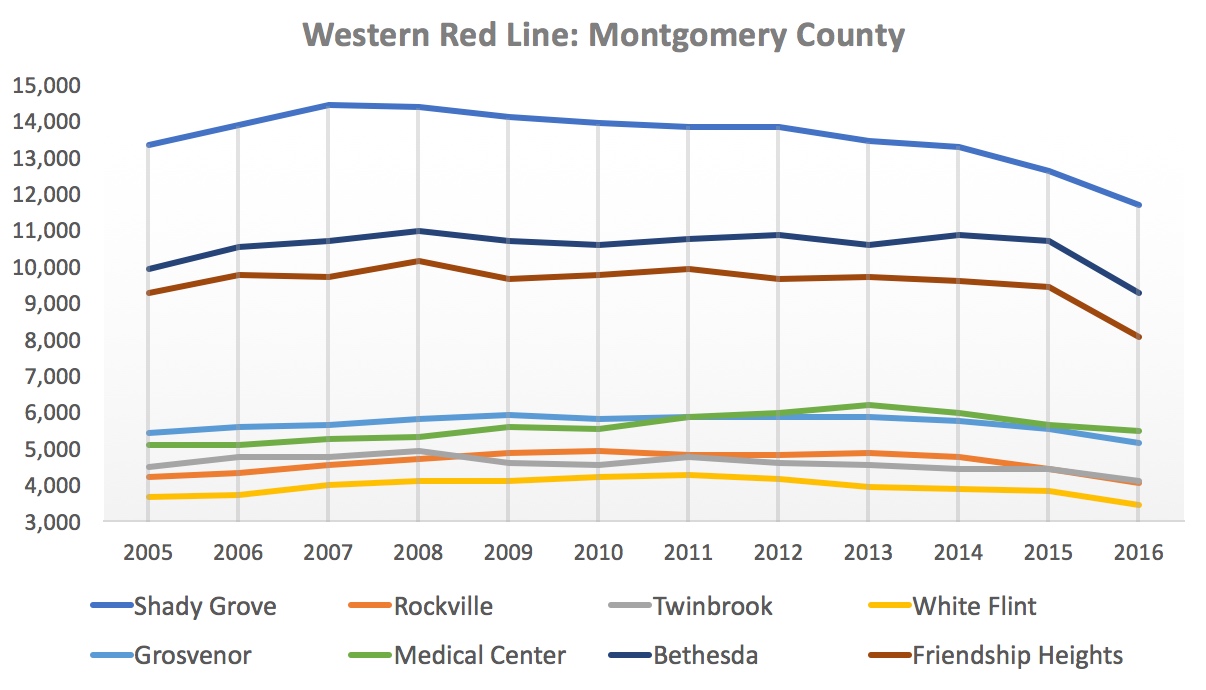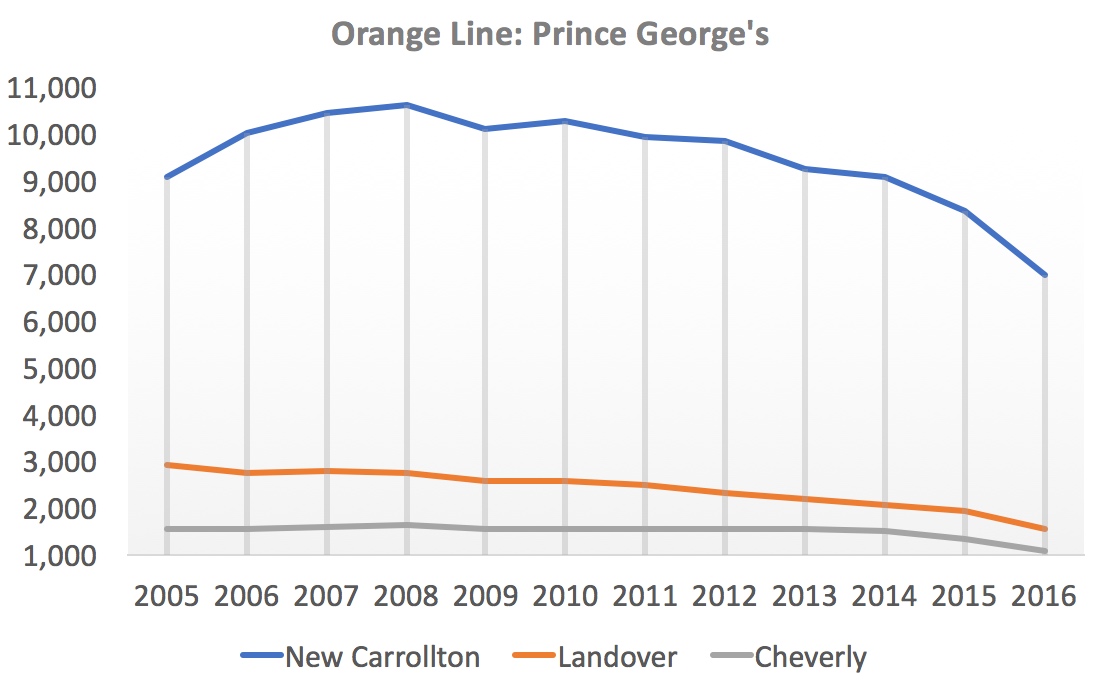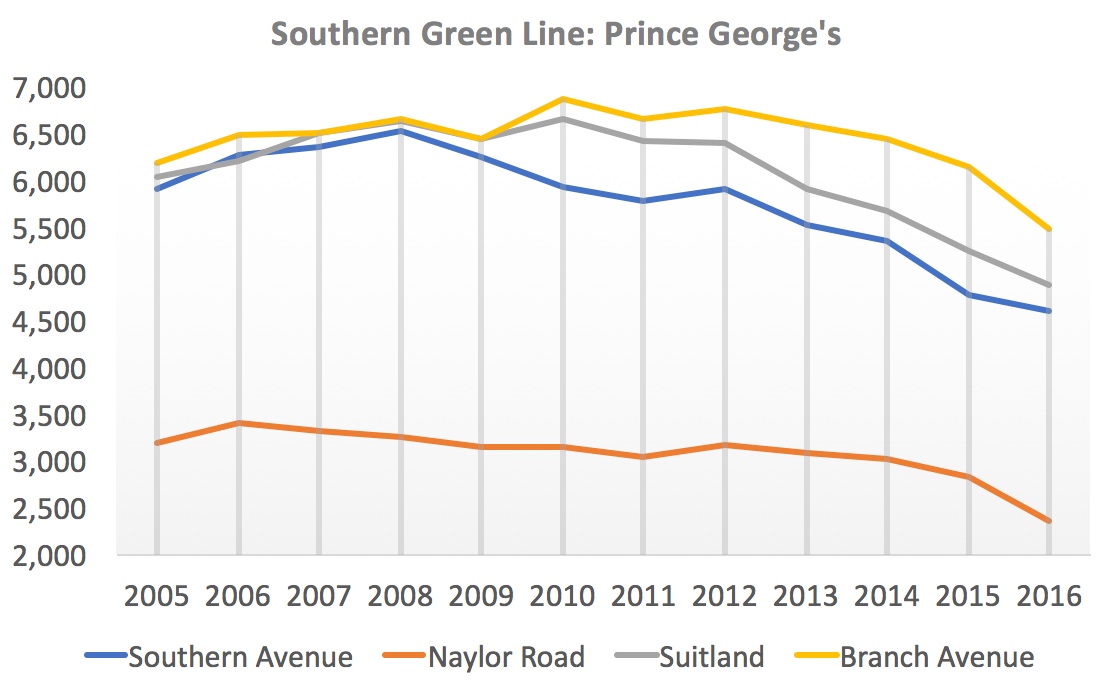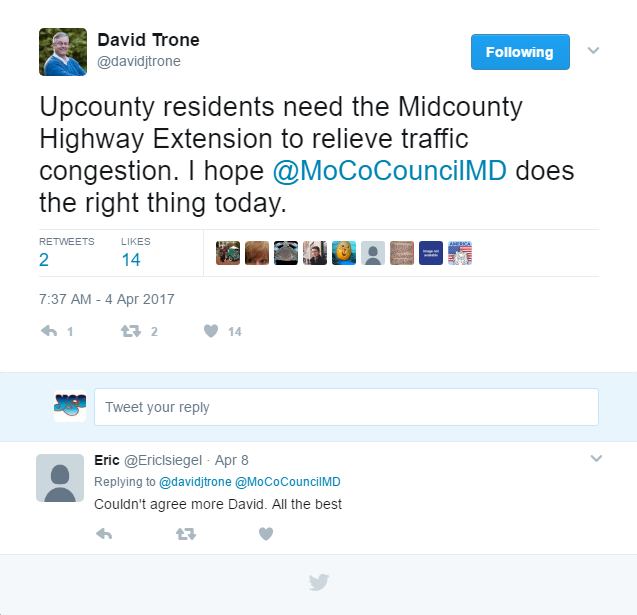In a recent email appeal on the proposed Chevy Chase Library redevelopment, the Coalition for Smarter Growth (CSG) wrote:
This is an opportunity to model the smart growth future of Montgomery County by mixing affordable housing and a public facility in one location near transit, services, amenities, and jobs. . . . With your support, we can win more housing and more affordable housing in a community that has been kept out of reach for too many for too long.
The CSG email gave the strong impression that this is a unique affordable housing opportunity. But there is currently no guarantee that the project on this site would consist of more than the minimum required moderately priced dwelling units (MPDUs) . Most units would be market rate housing, which in this area likely means million-dollar condos or high-end rentals. In other words, you could apply this same language to Lionsgate in Bethesda or any development.
The sign-on letter to the county exaggerates the case even more:
We believe this is an opportunity to model the future of Montgomery County by mixing housing and a public facility in one location near transit, services, amenities, and jobs. This project is key to meeting the county’s goals to achieve racial equity and social justice, and to reduce greenhouse gas emissions from transportation.
This is an area that was kept out of reach for people of color through redlining, restrictive covenants, and other public and private policies. The government must take intentional steps to reverse this history. . . . Montgomery County needs more projects like this to break down its racial and socioeconomic east-west divide and achieve housing justice.
Language like this is almost included routinely in progressive advocacy documents. In many ways, it is more a statement of faith, like reciting the catechism, than anything else. At the same time, million-dollar condos or pricey rentals in this one project just aren’t the “key” to “racial equity and social justice” or reducing greenhouse gas emissions. It’s a lot for one modest building project to carry. Even the MPDUs are moderate, not low-income, housing.
The funny thing is that, on balance, I think this project is probably a good idea. Notwithstanding its exclusion from the recently adopted Master Plan, it is near the Purple Line stop and other areas around it that are being built up. Hundreds of units are currently being delivered right up the avenue at Chevy Chase Lake, and hundreds more are proposed. But it’s not necessary to so massively oversell this as a social justice, affordable housing project to make that case.
Making the Project Work
The site currently consists of a large area of surface parking. Is there a better use for that land? Probably yes. Must parking still be a consideration? Yes. To make the project truly successful, the redeveloped library will need onsite parking.
CSG opposes parking but most people in the surrounding suburban neighborhoods cannot walk to this or any other library. You can’t rebuild it and make it impossible for most of the community to access it. Many elderly and disabled patrons who can no longer park next to the redeveloped Silver Spring Library now use this library, and it’d be a shame to displace them again. The parking lots across the street in Silver Spring are too far for those with serious mobility issues.
Getting Our Money’s Worth
Finally, the county needs to come to the table with a more knowledgeable approach so it can leverage its assets and advocate properly for its citizens. Councilmember Will Jawando has repeatedly made this excellent point. We rely far too much on analyses produced by the developer in our own assessments:
The voting on tax abatements for projects at Metro stations revealed this all too clearly. At the committee level, Jawando’s proposal to require deeper levels of affordability was voted down flat as economically unfeasible by Councilmembers Hans Riemer and Andrew Friedson. When voted on at the full council, the same amendment was adopted unanimously. As if “miraculously”, the previously impossible became possible.
If we are better informed, we can negotiate hard and get better value out of these deals, including a higher share of affordable housing. It’s not just the right thing to do. The government neglects its fiduciary responsibility if it doesn’t get maximal value for people of the county when negotiating these projects.
Conclusion
The redevelopment of Chevy Chase Library with housing is potentially a very good project and the county should work to make sure that we, the citizens of Montgomery County, get the most public value. As the idea moves forward, it should continue to pursue a vision that serves the whole community, and adds more affordable units.
There’s no need for CSG to engage in over-the-top hype as the county moves forward with exploring what was, after all, the county government’s own idea. This redevelopment project may well prove worthwhile even if it doesn’t solve all social and racial inequities, and stop climate change.







